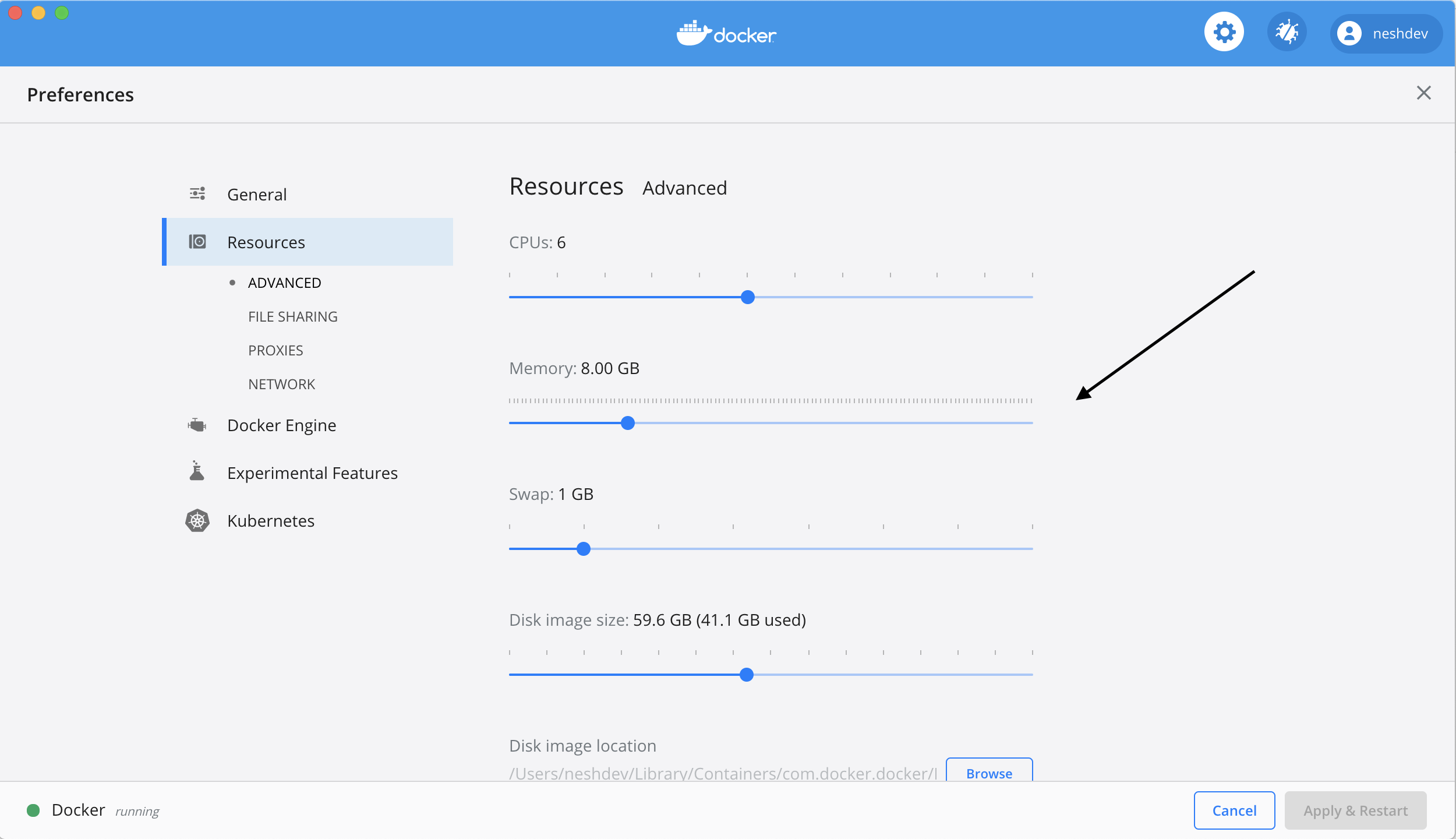This notebook provides an interactive workflow to load in a radiographic imaging volume (MRI, CT, etc.) with a corresponding digitized pathology image, and go through co-registration to map one onto the other. Functionalities include selecting corresponding sections, basic image manipulation and scaling as pre-processing steps, as well as selecting corresponding landmarks to run a deformable co-registration between the modalities. The deformation can then be applied to any annotation to map it from one to the other (e.g. map cancer annotation from pathology image onto MR image) within the noteboo. Results are visualized and fully editable and updatable within the notebook workflow.
If you make use of this implementation, please cite the following paper:
Antunes, JT, Viswanath, SE, Brady, JT, Crawshaw, B, Ros, P, Steele, S, Delaney, CP, Paspulati, RM, Willis, JE, Madabhushi, A, "Coregistration of Preoperative MRI with Ex Vivo Mesorectal Pathology Specimens to Spatially Map Post-treatment Changes in Rectal Cancer Onto In Vivo Imaging: Preliminary Findings", Acad Radiol, 2018 Jul;25(7):833-841.
The below software and configurations will be needed to execute the notebooks:
- Docker
- Update docker with 8 gigs of memory
- git
First clone this repository
git clone https://github.com/Theta-Tech-AI/radpathfusion.git
Second, we will quickly configure the docker memory
- Open Docker Destop
- Open settings
- Click on resources as seen on the below screen shot
- Move the memory limit to 8 GB

Lastly, we will run the docker image using either:
- docker-compose
- docker run
Run the following commands to start the docker container
cd docker
docker-compose up
With this step, you don't need to clone the url. Run the following commands to start the docker container
docker rm radxtools/radpathfusion-examples
docker pull radxtools/radpathfusion-examples
docker run -d -p 3000:3000 --name radpathfusion-examples radxtools/radpathfusion-examples
Once the docker image is up and running. You can view our notebooks. You can get started with the notebook to learn how to use the package. You should start with notebooks/Rad Path Fusion Final.ipynb
The notebooks can be viewed by opening the browser and visting the url http://localhost:3000
A walk through of the notebook with screen shots can be found here
Please follow google style formatting for docstrings
Please submit bugs and features to our github page.
Create a issue on our board. Create a pull request with your changes. Tag your changes with the issue number (commit message should have issue number). Someone from the team will review your request and merge your changes for the next release.